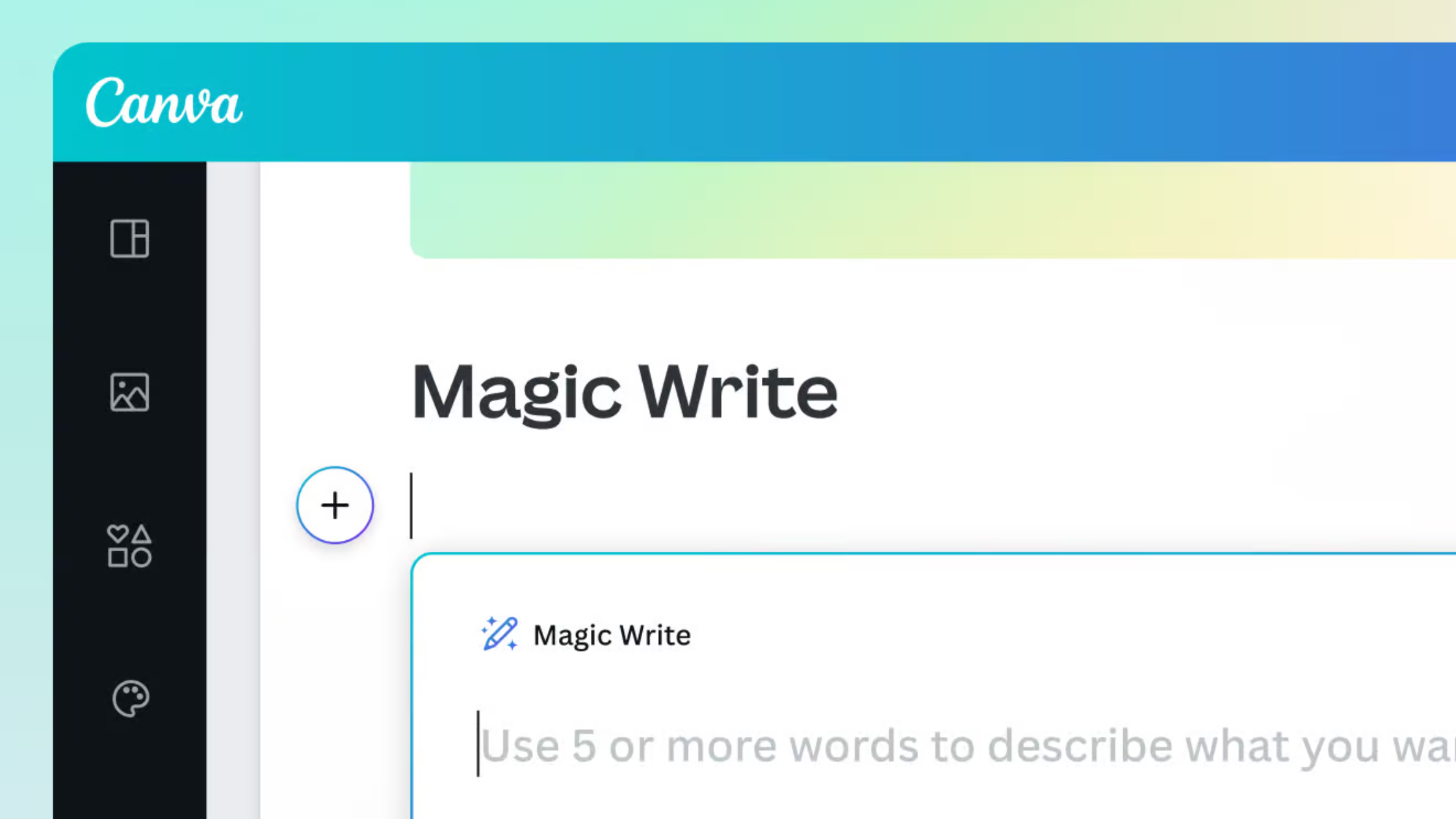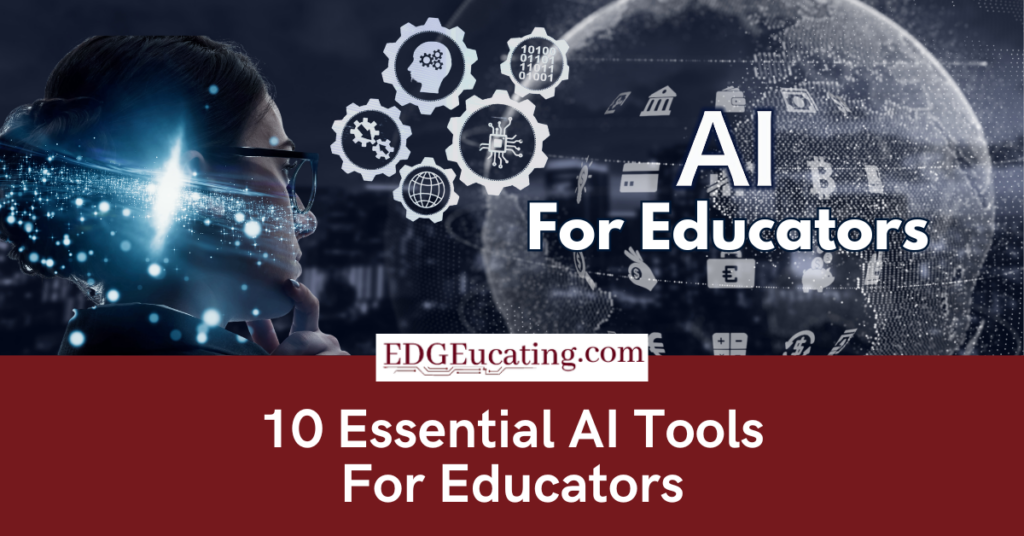Attention educators! As we journey through the dynamic landscape of 21st century learning, it’s essential to harness the power of Artificial Intelligence (AI) to enhance our teaching strategies and enrich our students’ learning experiences. With a wealth of AI tools at our disposal, I’ve curated a list of must-have resources that not only boost classroom engagement but also simplify administrative duties. Having spent years in the classroom, I guarantee that these ten AI tools can transform your approach to teaching and empower both you and your students!
Integrating 21st Century Skills into Curriculum
To effectively prepare students for the future, educators must integrate 21st century skills into the curriculum. This can be achieved through project-based learning, which encourages students to apply their skills to real-world problems. Inquiry-based activities and opportunities for student choice and reflection also play a vital role in developing these skills. By weaving these strategies into everyday learning, educators can ensure that students are not only absorbing information but also learning how to apply it in meaningful ways.
Understanding 21st Century Skills
21st century skills encompass a broad range of abilities that are crucial for success in today’s rapidly evolving world. These skills include critical thinking, communication, collaboration, and creativity, often referred to as the “four Cs.” They are essential for students to navigate the complexities of modern life and work environments. As technology continues to advance, the ability to adapt and apply these skills becomes increasingly important. Educators are encouraged to integrate these skills into their teaching practices to better prepare students for future challenges.
Real-World Application and Relevance
Making learning relevant to real-world scenarios is essential for student engagement and skill development. By using technology and addressing real-world problems, educators can help students see the practical application of their skills. This approach not only enhances student engagement but also prepares them for the challenges they will face in the workforce. For instance, incorporating digital storytelling projects or design thinking challenges can provide students with hands-on experience in applying their skills to solve real-world issues.
EdPuzzle’s Teacher Assist
EdPuzzle’s Teacher Assist is a revolutionary tool for personalized learning. Its user-friendly, robust interface lets educators create interactive video lessons specifically designed to meet individual student needs. By embedding quizzes and tracking progress, this tool fosters differentiated instruction, boosting student engagement and comprehension in the classroom.
Brisk Teaching
Brisk Teaching reimagines lesson planning through sophisticated AI algorithms. By analyzing previous teaching materials and student performance data, it generates tailored lesson plans aimed at optimizing student success. This adaptive method supports diverse learning needs, ensuring an inclusive environment where every student can thrive.
Whimsical
Whimsical is a multifunctional platform that encourages collaborative learning and creativity in the classroom. Its visual storytelling capabilities and customizable templates make it easy to create captivating presentations, mind maps, and diagrams. Whether brainstorming ideas or depicting complex concepts, Whimsical nurtures a vibrant learning atmosphere for student exploration and discovery.
SlidesAI.io
SlidesAI.io revolutionizes presentation creation with its AI-driven design assistance. This tool evaluates content and user preferences to recommend layouts, color schemes, and font choices, significantly enhancing visual appeal and communication clarity. Educators can save precious time while delivering compelling presentations that promote student engagement and knowledge retention.
Eduaide.Ai
Eduaide.Ai transforms the assessment process with automated grading and feedback features. By analyzing student responses and learning patterns, it provides educators with insights into student understanding and common misconceptions. This tool facilitates timely interventions and personalized support, helping to optimize learning outcomes and encourage academic growth.
Worksheets AI
Worksheets AI empowers teachers to develop customized worksheets aligned with specific learning objectives and student needs. With its extensive library of educational content and AI-based recommendations, educators can access valuable resources to enhance classroom instruction. This tool fosters student mastery by providing targeted practice and reinforcement. This tool helps create a teaching strategy that saves you time and gets student results!
Perplexity AI
Perplexity AI enriches classroom discussions and critical thinking skills through its natural language processing capabilities. By generating thought-provoking questions, this tool stimulates intellectual curiosity and deeper learning interactions. Perplexity AI is a game changer for student engagement when it comes to research! This is a tool that really gets kids wanting to investigate, and in the process, they learn about the validity of sources. With Perplexity AI, educators can create an engaging dialogue that fosters a culture of inquiry and exploration among students, which is critical to 21st century learning.
Canva’s Magic Write
Canva‘s Magic Write allows educators to craft engaging written content effortlessly. Whether drafting lesson plans or designing educational materials, this tool offers AI-powered suggestions to enhance clarity, coherence, and creativity. Educators can unlock their writing potential, conveying instructional content that resonates with students across varying learning styles.

Magicshool.ai
Magicshool.ai provides personalized tutoring and adaptive learning experiences tailored to each student’s needs. By employing AI algorithms and machine learning, this platform identifies learning gaps and delivers targeted instruction while tracking progress in real-time. Educators can offer differentiated support, maximizing student learning outcomes and facilitating academic success.
Turnitin
Turnitin serves as an advanced tool for artificial intelligence in education, assisting educators in detecting potential plagiarism by meticulously comparing student submissions against a vast database of academic sources and online content. Its comprehensive similarity report offers essential insights into the originality of work, allowing educators to address issues of improper citation. Continuously adapting to emerging trends in academic misconduct, Turnitin is a trusted resource in fostering a culture of academic integrity in educational institutions.
FAQs
How can AI tools benefit educators in the classroom?
AI tools provide innovative methods to elevate teaching strategies, make lesson planning easier, personalize student learning experiences, and streamline administrative burdens. By implementing Artificial Intelligence in education, you can boost student engagement and drive academic achievement effectively.
Are AI tools suitable for educators with limited technical expertise?
Absolutely! Many AI tools feature intuitive designs, making them accessible even for educators with basic technical skills. Additionally, robust training resources and support services are typically available to aid in smooth integration. If you need help with training, EDGEucating is here to assist!
What role does AI play in personalized learning experiences?
AI empowers educators to customize instruction by analyzing learning data and recognizing patterns. With tools that offer personalized feedback and adaptive learning pathways, educators can effectively address varying student needs and adapt teaching strategies.

How do AI tools contribute to student engagement and motivation?
AI tools appeal to students’ interests through interactive and gamified learning experiences. The incorporation of adaptive learning algorithms and immediate feedback increases student engagement, fostering active participation and a motivating 21st century learning environment. All of this adds up to academic success!
What should educators consider when selecting AI tools for their classroom?
When considering tools for incorporating Artificial Intelligence in education, educators should evaluate user-friendliness, integration capability with existing tech, data privacy protocols, available support, and how well the tool aligns with their educational objectives and it’s contribution toward achieving 21st century learning. It’s crucial to choose resources that complement their teaching strategies and maximize student success.
How can educators assess the effectiveness of AI tools in their classrooms?
Educators can assess AI tool effectiveness through consistent monitoring and feedback. Analyzing student engagement, both the tool and student performance, and satisfaction provides insights into the impact on educational outcomes. Collaborating with colleagues, participating in professional development opportunities, and seeking input from students can provide valuable insights regarding tool efficiency.
Implementing 21st Century Learning
Implementing 21st century learning requires a strategic approach that includes adopting frameworks like the P21 Framework, which outlines essential skills for success. Schools can integrate these skills into their curricula through project-based learning, blended learning, and other student-centered approaches. By focusing on real-world applications and fostering a culture of inquiry, educators can help students develop the skills needed to thrive in a digital age.
Conclusion
In summary, tapping into the transformative potential of Artificial Intelligence in education paves the way for enriched teaching practices, personalized learning journeys, and empowerment for both educators and students. By embracing innovative AI tools, we can unlock fresh opportunities for enhancing instructional delivery, engaging students, and promoting excellence. These specific AI tools empower educators to implement student-centered learning strategies, fostering an environment conducive to project-based learning. As we adapt to the ever-changing educational landscape, let’s seize the power of AI to prepare a generation of 21st century learners equipped with the skills and mindset needed to thrive in the digital age!


